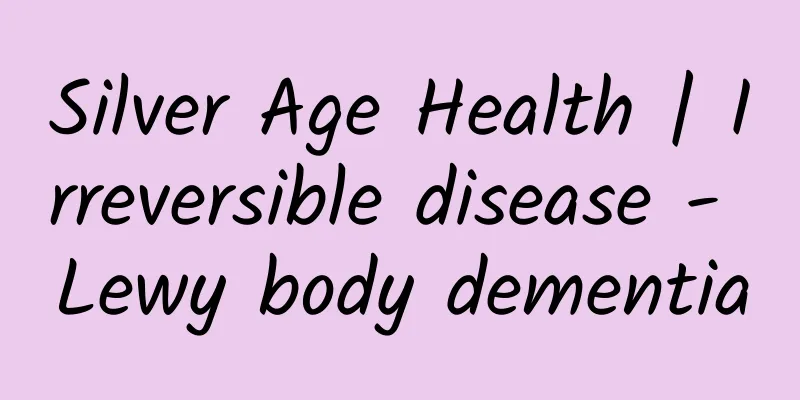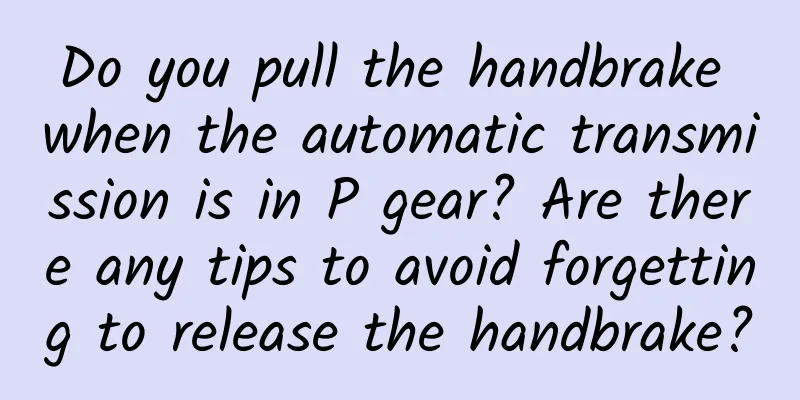When is the best time to do angiography?

|
Contrast examination is a very effective examination method that can detect and diagnose a series of gynecological diseases in time and help women receive treatment as early as possible. This examination technology is widely used in modern life and has almost become one of the must-have items in women's physical examinations. However, contrast examination is not such a simple process. Let's take a look at when is the best time to do contrast examination? Contrast examination is also a minimally invasive surgery and is generally well tolerated. The specific situation varies from person to person. There is usually some discomfort after contrast examination, which will gradually ease after half an hour. This is related to the individual's sensitivity to pain. There will be vaginal bleeding and abdominal discomfort within three to two days after contrast examination, but it usually does not exceed one week. If you experience any discomfort after angiography, be sure to contact the hospital in time. Hysterosalpingography has great advantages, mainly: high accuracy, less damage, and it also has a therapeutic effect on mild cases of fallopian tube obstruction. Of course, there are time regulations for angiography examinations. If the examination is conducted at the wrong time, it will affect the examination results and will be detrimental to the patient's treatment. The best time to perform hysterosalpingography is 3-7 days after the menstruation is completely over. In addition, sexual intercourse is prohibited for 3 days before the operation to avoid causing too much error in the examination. The examination time of hysterosalpingography is generally about 10-20 minutes. It is a better method to check the patency of the fallopian tubes. Under the operation of a skilled doctor, there will not be much pain and normal women can bear it. To examine the fallopian tubes, a salpingography is required. There are two types of salpingography: iodine water salpingography and iodine oil salpingography. Iodine oil salpingography requires a 24-hour delay film and is painful. Contraception is required for 3 months after the salpingography. The painless iodine water contrast radiography not only has a therapeutic effect on the basis of examination, but also does not damage the fallopian tubes. If other fertility conditions are met after the radiography, you can try to get pregnant under the guidance of a doctor in the next month. Contrast examination is also a minimally invasive surgery and is generally well tolerated. The specific situation varies from person to person. There is usually some discomfort after contrast examination, which will gradually ease after half an hour. This is related to the individual's sensitivity to pain. There will be vaginal bleeding and abdominal discomfort within three to two days after contrast examination, but it usually does not exceed one week. If you experience any discomfort after angiography, be sure to contact the hospital in time. |
<<: What does the medium screening check?
>>: How to deal with symptoms of poor breast milk quality?
Recommend
What is the relationship between menopause and estrogen?
Many women begin to experience a decline in estro...
Causes of Uterine Sensitivity
The health of each woman's uterus is differen...
What are the symptoms of breast hyperplasia and how to treat it
Breast hyperplasia can be said to be one of the m...
Talking about the "other side" of Helicobacter pylori (I)
When it comes to Helicobacter pylori (Hp), many p...
Does nipple enlargement require surgery?
Women are born to love beauty, which has not chan...
Be sure to pay attention after using entecavir for 2 years to see if your virus level is lower than this number!
If a hepatitis B patient takes entecavir for more...
Don’t eat it while it’s hot! It can really cause cancer! Be more vigilant if these 3 situations occur
Esophageal cancer has always been among the top f...
How long after the abortion can I get an IUD?
Nowadays, many young couples and lovers probably ...
When does a woman get her period after giving birth?
Postpartum menstruation recovery It is a natural ...
Not pregnant but urine test weakly positive
For friends who are preparing for pregnancy, they...
Is compound fertilizer effective for Molan? What kind of planting material is better for Molan?
As people's quality of life improves, more an...
The dangers of artificial rupture of amniotic fluid
If the amniotic fluid has not broken when a pregn...
What are the symptoms of fetal fire
What are the symptoms of fetal fire? Many people ...
Breastfeeding is not good for confinement
Expectant mothers who are preparing to breastfeed...
Clothes that are not breathable can easily cause 3 kinds of gynecological diseases
Although Xiao Zhang, an office worker, didn't...









